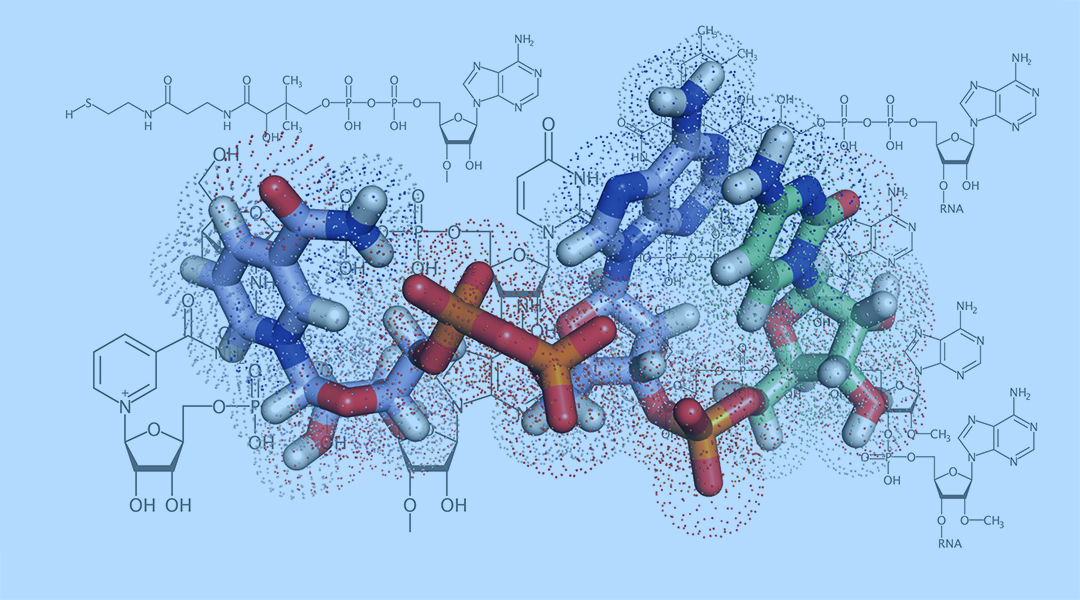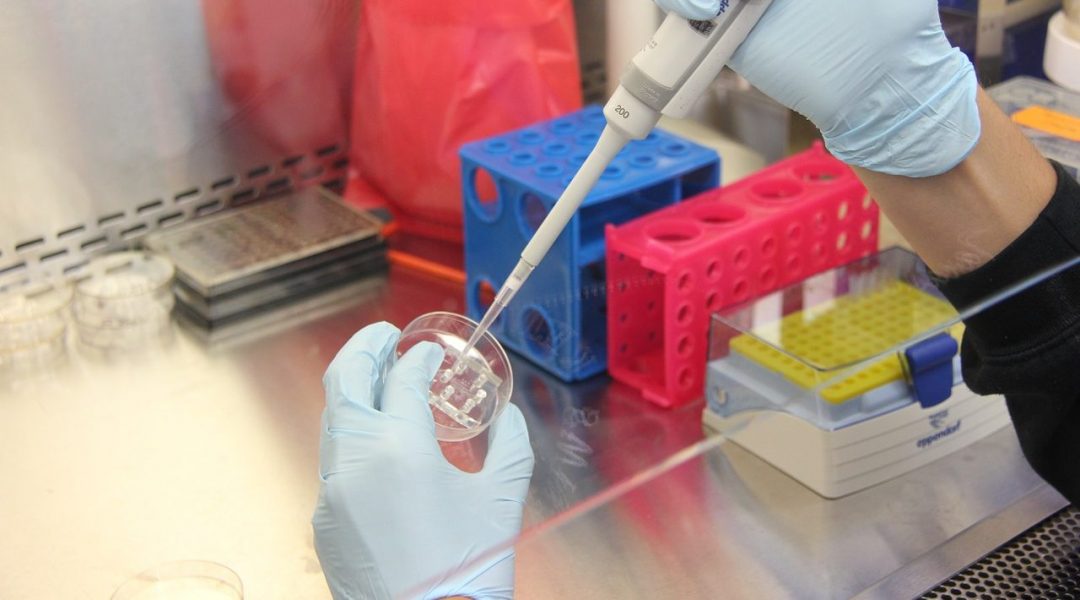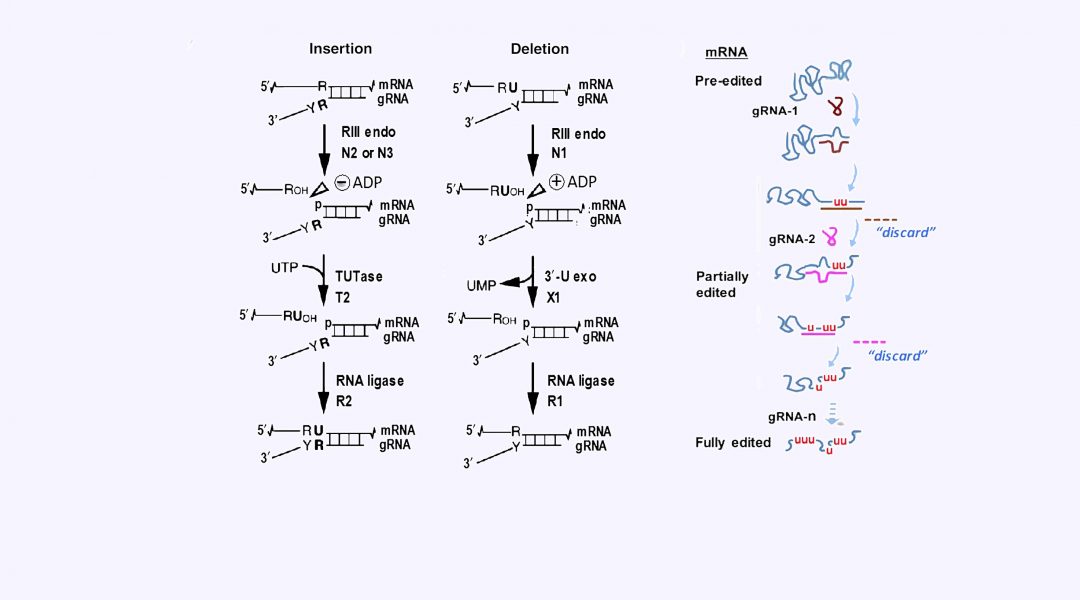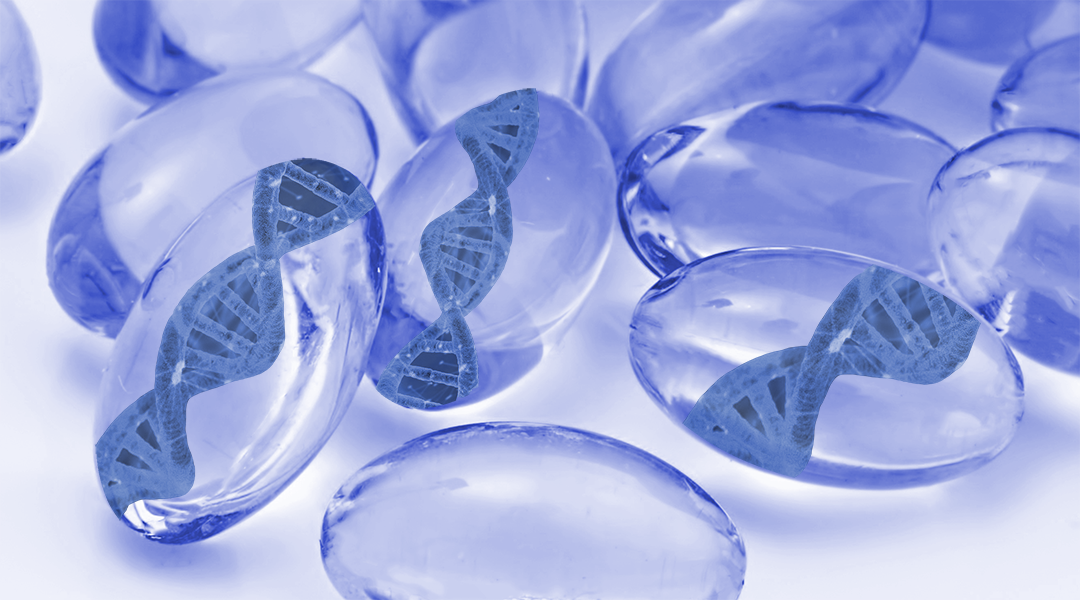The required features of nanofactories, and current strategies for their design and fabrication.


The required features of nanofactories, and current strategies for their design and fabrication.

Although many eukaryotic transcripts contain cap structures, it has been long thought that bacterial RNAs do not carry any special modifications on their 5′‐ends. In bacteria, primary transcripts are produced by transcription initiated with a nucleoside triphosphate and are therefore triphosphorylated on 5′‐ends.

John shares his thoughts on his research, his effort on the on-going PlantFAdb database, his suggestions to early-career scientists, and the challenge in the future plant lipid metabolism research.

Stanislav Piletsky and his colleagues have used molecularly imprinted polymer nanoparticles to replace both antibodies and enzymes in biological assays.

The recent developments in renewable energy generation and storage, the current policy strategies, and the integration of AP.

The Editors of Small Methods are pleased to publish this special biomedical virtual issue. This collection highlights outstanding research in Small Methods from the very first issue to now, in the areas of biosensing, biomedical engineering, nanomaterials,...
![Monitoring Reactive Oxygen Species in Cells and Tissue [Video]](https://www.advancedsciencenews.com/wp-content/uploads/2018/09/smll201800310_ASN_image.jpg)
Researchers report a highly sensitive detection method for monitoring the nanotoxicity associated with reactive oxygen species (ROS).

Specific examples of complex variants, differential effects of editing proteins on the mRNAs within and between T. brucei life stages, and possible control points in the holo-editosomes are examined.

Synthesis approaches, mechanisms of DNA response to the surrounding environment and biomedical applications are highlighted.

Using nano-pillars to change the way that neurons grow.